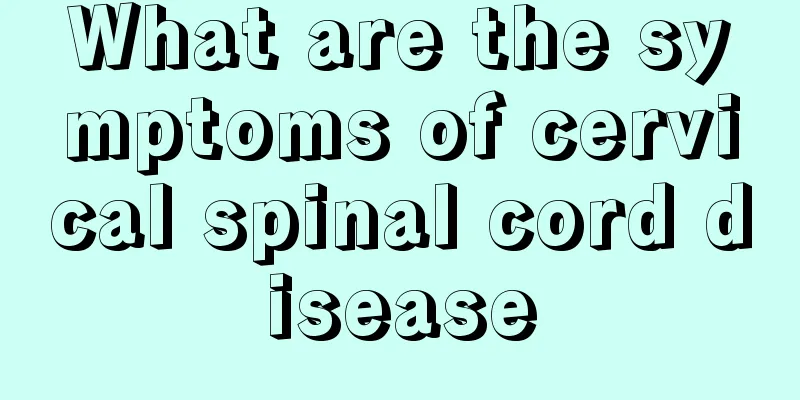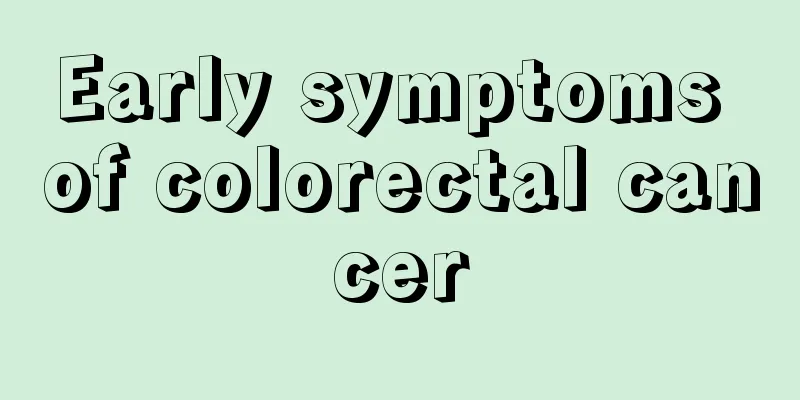What are the symptoms of cervical spinal cord disease

|
The incidence of cervical spinal cord disease is low, but the risk is extremely high. The clinical symptoms of cervical spinal cord lesions are related to the site of the lesion and the degree of tissue compression. Patients may develop early numbness and weakness of the limbs or trunk and eventually develop paralysis, difficulty breathing, and coma. Spinal cervical spondylosis refers to cervical spondylosis caused by spinal canal stenosis or degeneration and protrusion of intervertebral disc, bone spurs at the posterior edge of vertebral body, hypertrophy and calcification of yellow ligament, calcification of posterior longitudinal ligament, etc., which protrude into the cervical spinal canal and cause direct compression and stimulation to the cervical spinal cord; or cervical spondylosis caused by ischemia and degeneration of a certain segment of the cervical spinal cord, and characterized by chronic progressive quadriplegia. Symptoms of cervical spondylotic myelopathy Upper limb symptoms Patients with cervical spondylotic myelopathy may have clumsy and weak upper limbs, and may have difficulty with subtle movements such as pouring tea or eating with chopsticks. This is because the lower motor neuron pathways are damaged. Or the upper limbs may experience soreness, numbness, or burning pain. These sensations occur in the upper arm, forearm, and shoulder, and patients who have been ill for a long time may even experience atrophy of the thenar eminence and the anterior arm muscles. A small number of patients have mild upper limb symptoms. Symptoms of cervical spondylotic myelopathy Lower limb symptoms Patients with cervical spondylotic myelopathy may have particularly active and hyperactive reflexes and tendon radiation in their lower limbs, and sudden spasms in the bare joints and patella. This is due to abnormalities in the upper motor nerves and the binding of the long conduction bundle fibers outside the spinal cord. This can cause unstable walking, easy falls, and even convulsions when walking. Symptoms of cervical spondylotic myelopathy Head symptoms The head symptoms of cervical spondylotic myelopathy mainly include abnormal head pain, dizziness and numbness of the scalp. Symptoms of cervical spondylotic myelopathy Sacral nerve symptoms The symptoms of cervical spondylotic myelopathy include sacral nerve symptoms, which are mainly manifested in abnormal urination and bowel control, frequent urination and urgency. A small number of people will have difficulty in defecation and urination, and impaired diastolic muscle function. |
<<: What are pulmonary hypertension and pulmonary arterial hypertension
>>: Why does my right side of my face hurt?
Recommend
How to use atropine eye ointment for children
The usage and dosage for children and adults are ...
What are the common causes of hypokalemia
Hypokalemia has a great impact on the patient'...
Is Xinyang Maojian a green tea?
Xinyang Maojian is actually very common and popul...
Golden rules of diet and nutrition for tongue cancer
Tongue cancer is very painful and can cause great...
Liver cancer patients should always pay attention to early symptoms
Liver cancer is a common tumor disease in my coun...
How to treat women with less water
If women have less water during sex, it will affe...
Can cooked taro be eaten overnight?
Taro is a vegetable that people can choose to pre...
How to pickle garlic sprouts with soy sauce
Garlic shoots are a part of garlic. When garlic m...
What medicine can reduce swelling of feet
The feet are a part of the body that is particula...
Can patients with thyroid cancer not eat pickled food?
Thyroid cancer is a malignant hyperplasia of the ...
The difference between filiform warts and flat warts, the symptoms are actually these
Filiform warts and flat warts are two different s...
Can I drink alcohol if I have a broken bone
In this materially developed era, wine has become...
What are the early symptoms of lung cancer? Three common symptoms of early lung cancer
Fever. When central lung cancer grows in the bron...
Can osteosarcoma be cured
Osteosarcoma is a malignant bone tumor that is co...
What are the precautions for sleeping on a cool mat in summer
In the hot summer, people will become very irrita...









